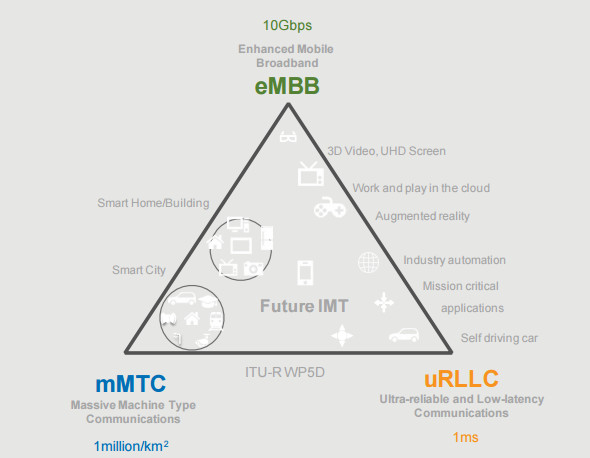In the revolutionary time of 5G, newly-emerging communication requirements create hardships on the existing networks when it comes to technologies and business models.

The next-generation mobile network must meet diversified demands. Three categories of 5G mobile network services have been classified by the International Telecommunication Union (ITU) as follows:
1- Enhanced Mobile Broadband (eMBB).
2- Ultra-reliable and Low-latency Communications (uRLLC).
3- Massive Machine Type Communications (mMTC).
– eMBB aims to meet the people’s demand for an increasingly digital lifestyle, and focuses on services that have high requirements for bandwidth, such as high definition (HD) videos, virtual reality (VR), and augmented reality (AR).
– uRLLC targets to fulfill the expectations for the rapidly-growing digital industry and its main aim is latency-sensitive services like assisted and automated-driving and remote management.
– mMTC focuses on meeting the demands for a more developed digital society and takes care of services that demand high requirements for connection density like smart city and agriculture.
The evolution of service scope for mobile networks enhances the overall telecom ecosystem. A number of traditional industries, such as automotive, healthcare, energy, and municipal systems participate in the construction of this ecosystem.
Digitalization opens a wide range of opportunities for the mobile communication field yet at the same time put new challenges towards mobile communication technologies.
